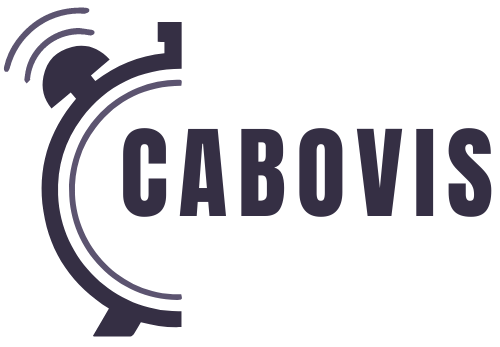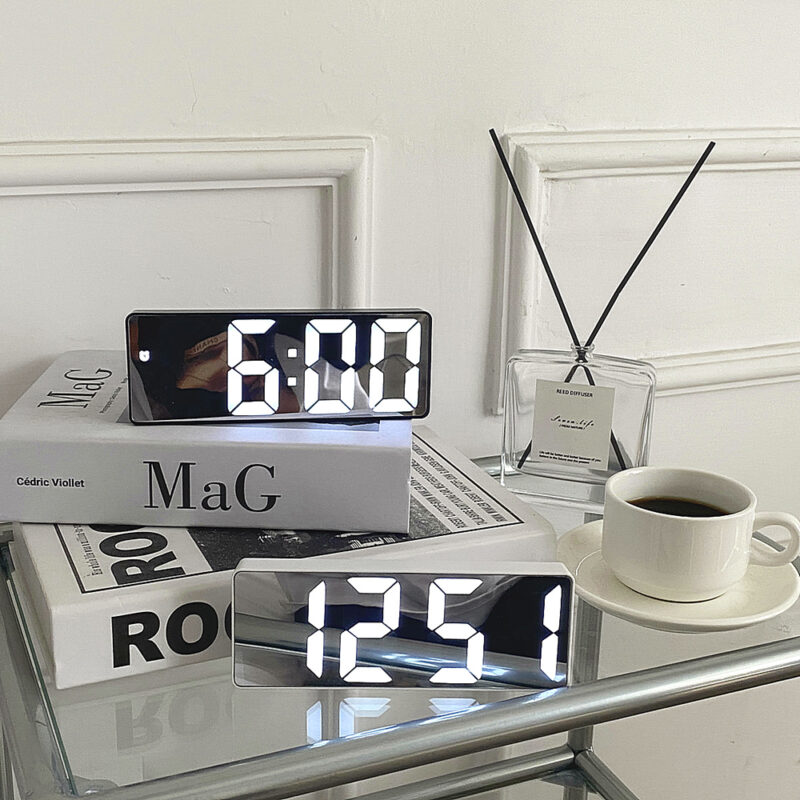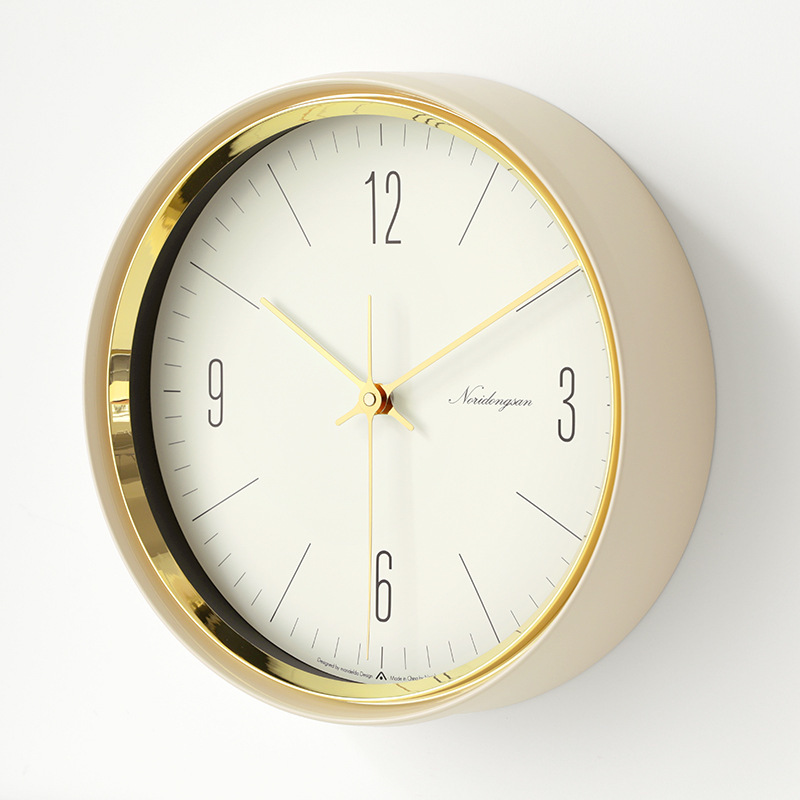The Enduring Legacy of Clocks: Timekeepers of History, Art, and Technology
Clocks are more than just instruments to measure and manage our days; they are witnesses to the evolution of human society, a confluence of art and mechanics, and a persistent symbol of the relentless passage of time. This blog post delves deep into the history of clocks, explores the diversity of their designs, and celebrates their role in both historical and modern contexts.
The Historical Significance of Clocks
1. Timekeeping Through the Ages: Clocks have been central to civilization since ancient times when the first sundials in Mesopotamia and Egypt sliced days into smaller, manageable parts. From water clocks to the hourglasses of medieval Europe, each innovation in timekeeping has been a mirror of the scientific prowess and artistic tastes of its era.
2. The Renaissance – A Pivot for Mechanical Clocks: The Renaissance brought a surge in technological advancements, with the mechanical clock becoming a cornerstone for both navigation and urban life. Public clocks were often placed in town squares, becoming focal points of social and economic activity.
3. Industrial Revolution to the Atomic Age: The industrial revolution streamlined clock production with new materials and assembly lines, making personal timepieces available to the masses. The 20th century’s atomic clocks, which use the vibrations of cesium atoms to keep time, are so accurate they will not gain or lose a second in many millions of years, showcasing the peak of precision timekeeping.
Exploring Clock Types and Their Uses
4. Grandfather Clocks: Elegant and stately, grandfather clocks are prized for their intricate craftsmanship and soothing chimes. Often passed down through generations, these clocks are as much a piece of furniture as they are a functional timepiece.
5. Cuckoo Clocks: Originating from Germany’s Black Forest, cuckoo clocks are beloved for their charming mechanical birds that announce the hour. These clocks are a wonderful example of how functionality and whimsy can coexist in a single design.
6. Nautical Clocks: Essential for maritime navigation, ship’s clocks and chronometers helped sailors determine longitude at sea. Their precision and durability under adverse conditions mark significant achievements in clockmaking.
7. Digital and Smart Clocks: Today’s digital clocks display time with crystal-clear precision and often incorporate features like alarms, weather updates, and connectivity with other smart devices, reflecting the integration of timekeeping with digital technology.
The Artistry Behind Clockmaking
8. Clockmaking as Craftsmanship: The art of clockmaking, or horology, requires a deep understanding of both mechanics and design. Clockmakers are not just technicians; they are also artists who imbue each piece with beauty and character.
9. Collectible Clocks: For many enthusiasts, collecting clocks is a passion driven by an appreciation for their aesthetic and historical value. Collectors often focus on specific periods or types of clocks, each with its own story and charm.
Modern Clocks in Contemporary Life
10. Clocks in Modern Decor: In contemporary interior design, clocks still play a vital role. A well-chosen clock can serve as a statement piece in a room, whether it’s a minimalist modern design or a richly decorated traditional clock.
11. The Symbolism of Clocks: Beyond their practical use, clocks are potent symbols of the passage of time and human mortality. Literature and art frequently use clocks to represent life’s transience and the precious nature of time.
Conclusion
Clocks bridge the gap between art and appliance, history and progression, serving not only to measure time but to remind us of its value. As we continue to innovate and push the boundaries of what timekeeping can be, the fascination with clocks remains as strong as ever. They remind us that time is the ultimate currency in our lives and honoring it is both a science and an art. Whether you collect clocks, make them, or simply appreciate their presence in your life, their legacy is a testament to human creativity and ingenuity.



